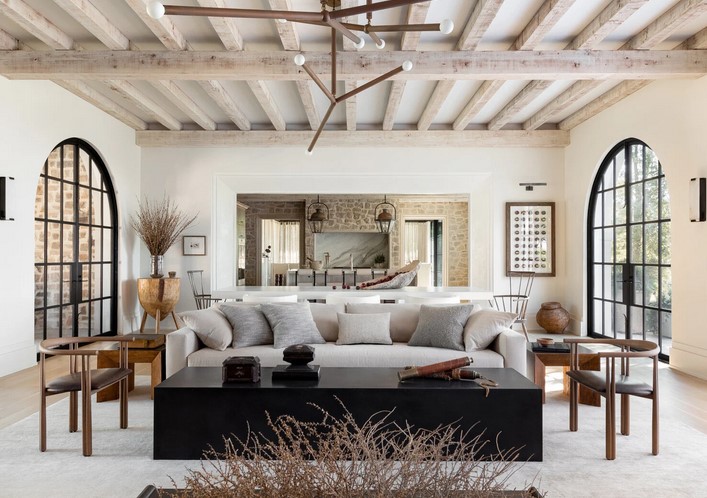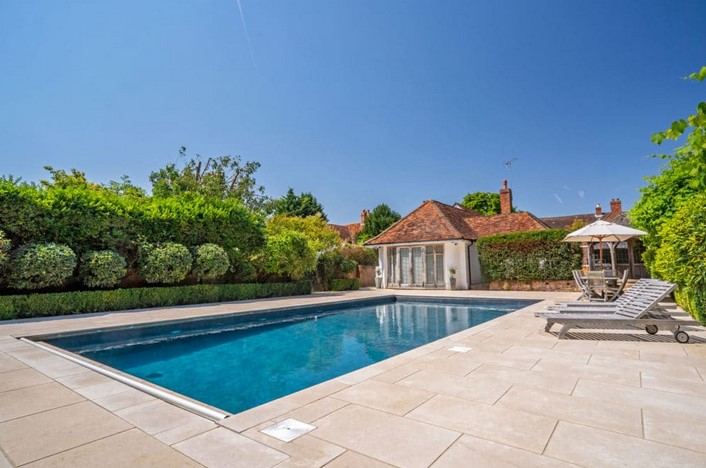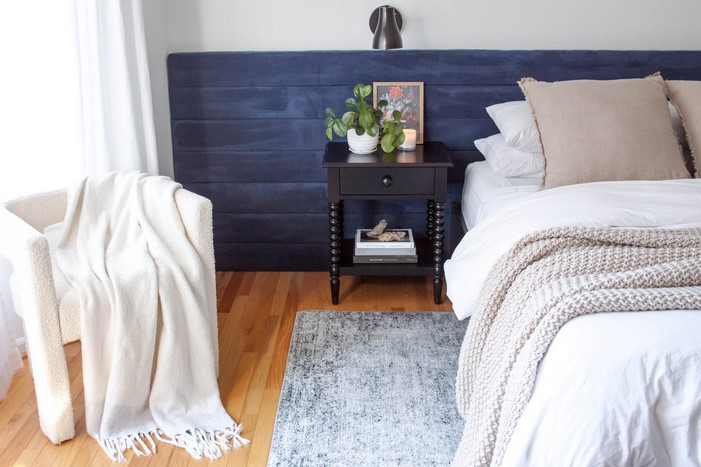Rustic Revival is a trend that is taking the home decor world by storm. It is a style that embraces the beauty of natural materials, such as wood, stone, and metal, and celebrates the charm of rustic living. Rustic Revival is all about creating a cozy and inviting atmosphere in your home, while still maintaining a modern and stylish look. Whether you are looking to add a touch of rustic charm to your existing decor, or you are starting from scratch, Rustic Revival has something for everyone. From furniture and accessories to wall art and lighting, Rustic Revival has everything you need to create a warm and inviting home.

How to Incorporate Rustic Revival Style into Your Home: Tips and Tricks for a Cozy, Country Feel
Rustic revival style is a popular trend in home décor that combines the charm of country living with modern touches. This style is perfect for creating a cozy, inviting atmosphere in any home. Here are some tips and tricks for incorporating rustic revival style into your home:
1. Choose natural materials. Natural materials such as wood, stone, and metal are essential for creating a rustic look. Incorporate these materials into your furniture, flooring, and décor to give your home a warm, inviting feel.
2. Incorporate vintage pieces. Vintage pieces such as antique furniture, old tools, and rustic décor can add a unique touch to your home. Look for pieces at flea markets, antique stores, and online to find the perfect pieces for your home.
3. Add texture. Textured fabrics such as burlap, linen, and wool can add a cozy, rustic feel to any room. Incorporate these fabrics into your furniture, curtains, and rugs to create a warm, inviting atmosphere.
4. Use neutral colors. Neutral colors such as beige, brown, and gray are perfect for creating a rustic look. Incorporate these colors into your walls, furniture, and décor to create a calming, inviting atmosphere.
5. Incorporate natural elements. Natural elements such as plants, flowers, and wood can add a touch of nature to your home. Incorporate these elements into your décor to create a cozy, rustic atmosphere.
By following these tips and tricks, you can easily incorporate rustic revival style into your home. This style is perfect for creating a cozy, inviting atmosphere in any home.
The Benefits of Rustic Revival: Why You Should Embrace the Natural Aesthetic in Your Home
The rustic revival is a growing trend in home décor that celebrates the beauty of natural materials and the charm of vintage pieces. This aesthetic is characterized by a warm, cozy atmosphere that evokes a sense of nostalgia and comfort. By embracing the rustic revival in your home, you can create a unique and inviting space that reflects your personal style.
The rustic revival is a great way to bring the outdoors inside. Natural materials such as wood, stone, and metal can be used to create a cozy atmosphere that is both inviting and timeless. Wood furniture and accents can add a rustic charm to any room, while stone fireplaces and metal fixtures can create a sense of warmth and character. By incorporating natural elements into your home, you can create a space that is both inviting and unique.
The rustic revival also offers a great opportunity to incorporate vintage pieces into your home. Vintage furniture and accessories can add a unique touch to any room, while also providing a sense of history and nostalgia. Vintage pieces can be found at flea markets, antique stores, and online, making it easy to find the perfect piece to fit your style.
In addition to its aesthetic appeal, the rustic revival also offers practical benefits. Natural materials are often more durable and long-lasting than synthetic materials, making them a great choice for furniture and accents that will stand the test of time. Natural materials also tend to be more eco-friendly, as they are often sourced from sustainable sources.
Finally, the rustic revival is a great way to create a unique and inviting atmosphere in your home. By embracing the natural aesthetic, you can create a space that is both cozy and inviting. Whether you are looking to create a rustic retreat or a modern oasis, the rustic revival can help you create a space that is both beautiful and functional.The Rustic Revival movement has been gaining momentum in recent years, and it’s easy to see why. Rustic home ideas offer a cozy, inviting atmosphere that is perfect for creating a warm and inviting living space. From rustic furniture to natural materials, there are plenty of ways to incorporate rustic elements into your home. Whether you’re looking for a complete overhaul or just a few touches here and there, embracing rustic home ideas can help you create a cozy and inviting living space that you’ll love for years to come.

